Remembering John Cassidy, a ‘guiding light’ for NASCAR’s growth
On Sunday, Oct. 21, 2018, the world not only lost a great person, but also one of the most trusted influencers during NASCAR’s formative, booming years.
John Cassidy was a friend of motorsports, a friend of NASCAR and a friend to just about whoever made his acquaintance. And he was so much more.
The Beginning
The story of John’s introduction to NASCAR was told often over the years, and it never got old because it was such an important and early intersection for the sport.
It was 1961 and Bill France Sr. had traveled to Washington, D.C., to see then-Attorney General, Robert F. “Bobby” Kennedy about a situation with Jimmy Hoffa. Cassidy was a United States Department of Justice Trial Attorney and Special Assistant to Kennedy.
Many associate Talladega 1969 and the Professional Drivers Association (PDA) walkout as the critical moment for the sport. This is not to say it wasn’t, but in truth, it was nearly a decade earlier when the France family’s control of NASCAR was tested mightily.
Put simply, Jimmy Hoffa and the International Brotherhood of Teamsters attempted to organize the drivers, Curtis Turner was in the fray, and France was looking for any and all solutions to prevent that from happening.
Cassidy was in his office when Kennedy called. He said: I’ve got someone in my office who is in motorsports — NASCAR, specifically — and his name is Bill France. Hoffa and the Teamsters are trying to move in and take it over, and we can’t let that happen.
Bill Sr. soon after showed up in the office doorway and told Cassidy they collectively were about to go on a long ride together. And sure enough, they did. It was a journey that would last for decades.
The mutual disdain between Kennedy and Hoffa was clear to the entire country and so the mission was obvious.
As they worked through the Teamsters issue successfully, it wasn’t without tense moments. Cassidy once was dispatched to Charlotte, North Carolina, by Bill Sr. to meet with Turner. He showed up at his house where a number of Turner’s “guys” were gathered. Turner told Cassidy he was surprised that he would show up alone.
Turner had been banned for life in 1960 and was reinstated in 1965 only after the attempt to organize had failed, thanks to Cassidy and the other DOJ unit of lawyers and investigators known by some as the “Get-Hoffa Squad.”
The foundation was set.
Formative Years
In 1965, Cassidy, along with his good friend and Department of Justice colleague, Jack Miller, founded what was eventually known as Miller, Cassidy, Larroca and Lewin, and NASCAR and International Speedway Corporation (ISC) were its founding clients.
Cassidy recalled Bill Sr. lumbering up the stairs of the firm with a box of Chivas Regal and said, “Son, if you’re going to run a law firm and do it right, then you’re going to need to keep some good scotch in the back room.” And they had a few.
Miller, Cassidy would go on to become one of the most respected law firms before merging with Baker Botts in 2001. Their representation of motorsports went to the core of constructing the building blocks that support NASCAR to this day.
Cassidy and Bill Sr., who both grew up in Washington, D.C., had commonalities that went far beyond geography and that complemented each other incredibly. As the sport developed, they were in lockstep.
As with any genuine friendship, there was an abundance of esteem and trust that developed generationally across the two families.
“Our family’s relationship with John started as a legal relationship that served our companies but it quickly grew into a close friendship,” NASCAR Chairman and CEO Jim France said. “John became a trusted advisor and remained so for three generations of our family, over nearly six decades.
“He is missed not only by our family but by people throughout motorsports. John played a large role behind the scenes as a counsel in so many ways, to so many key people in our sport. His wisdom — and his friendship — were invaluable.”
Cassidy didn’t grow up in racing, but he figured it out pretty quickly with a guide like Bill Sr. They traveled the circuit and it was at Bowman Gray Stadium where Cassidy first met Richard Childress, who was racing at his home track in Winston-Salem, North Carolina. Cassidy did what it took to learn. He collected money at the gate, he was assigned to release the balloons with Jim France during the Daytona 500 pre-race and had a host of other various assignments in what was then an “all hands on deck” operation.
As stock-car racing evolved through the 1960s, ARCA was a crucial part of the developing landscape, particularly in the Midwest. Cassidy joined Bill Sr. in Toledo, Ohio, to meet with ARCA founders Mildred and John Markham, to discuss the interests of NASCAR and ARCA, and the opportunity ahead. The meeting took place at the Markhams’ kitchen table, which is where Bill Sr. and Annie B. France would conduct business in the early days. The Markhams were cut from the same cloth as the Frances, possessing similar passion and ideas for the development of racing in the United States. And they were friends.
The significance of NASCAR and ARCA being able to lean on each other cannot be overstated and was not lost on Cassidy, nor was the coming together of ARCA within the NASCAR portfolio earlier this year.
As Bill Sr. contemplated national growth for NASCAR, he was also looking for opportunities to shed reliance on any one market. Talladega, Alabama came into focus.
Cassidy spent a lot of time in Florida, and he usually stayed at the France household. The Talladega topic was hotly debated and Cassidy told of being at the kitchen table one morning when Annie B. left abruptly, peeling out of the driveway, unhappy with the conversation that had transpired. She was worried about the proposed track location and the ability to draw an audience, and he was willing to take the risk.
In the end, Talladega took its place on the map.
Talladega opened in 1969 with the infamous driver walkout, sparked by a fear related to tire safety on the superspeedway. As this dominated the headlines, Cassidy and his partners worked diligently to help France keep momentum and control. And they did.
It was also a significant turning point for NASCAR Hall of Famer Richard Childress, who knows well and deeply appreciates Cassidy’s contribution to the sport. Childress joined a group of hastily assembled replacement drivers to make sure the inaugural event took place as scheduled.
“John Cassidy understood what it meant for me and others to field a team at Talladega, and he definitely understood what it meant for NASCAR and Bill Sr. to have a field of cars at the inaugural Talladega race,” said Childress, who made his premier series debut that pivotal year at Talladega. “John’s ability to help navigate the sport’s most challenging situations, across so many decades, played a major role in the success of NASCAR. He was a dear friend.”
Cassidy’s reach was indeed far, his impact immeasurable and he was as low-profile as you could find given the credentials he had. It was people like Childress that stoked his fire to do more for the sport.
As NASCAR became more mainstream, so too did its spotlight on the national stage, creating new opportunities and also new levels of scrutiny. The sanctioning body relied on Cassidy and his firm with increasing regularity to problem solve, strategize and help guide the sport forward, avoiding potentially business-halting scenarios.
In 1974, the season nearly didn’t take place due to an energy crisis and fuel shortage. The Organization of the Petroleum Exporting Countries (OPEC) had stopped exporting oil to the United States and other countries, and Cassidy was central to the resolution that allowed NASCAR to race that year. The season continued with races shortened, limited practice time, fewer cars on the grid and rules changes to address a fuel consumption.
It’s not like the Miller-Cassidy firm had nothing else on its plate that year, having started its representation of President Nixon just after his resignation in August of 1974, and then brokering his pardon shortly thereafter.
The sport continued its growth, ending the 20th century with landmark moments and commercial deals that signaled broad popularity and demand. ISC was listed on NASDAQ and also merged with Penske Motorsports, significantly increasing its track portfolio. And a historic consolidation of broadcast television rights marked the most momentous and lucrative commercial transactions to date.
Miller-Cassidy was out front on each of these transactions, dramatically changing the sport’s landscape.
International Development
The international stage was a table that Cassidy helped set as well for NASCAR, including the negotiations for the sport’s initial forays into Australia and Japan.
Mindful of maintaining control yet also being represented globally, the architecture of the relationship between NASCAR and the Fédération Internationale de l’Automobile (FIA) has Cassidy’s fingerprints on it, ensuring that FIA rules would not supersede those established by NASCAR.
Cassidy continued to increase his international focus, becoming the first United States representative on the FIA international court of appeals, where he served for a number of years.
But things didn’t always work out as planned on the international front. Cassidy and Jim France recently laughed when recalling the time when they were left to close on a deal to establish a race in Quebec, Canada and, without divulging the exact details of what went wrong, they returned to the United States somehow making sure there would not be a race there anytime in the near future.
And there was no matter too small or big for Cassidy, as long as it was in the interest of NASCAR. That included getting the United States Department of State, in the midst of a government shutdown and a historic Washington, D.C., blizzard, to expedite the issuance of a passport for Dale Earnhardt Sr. in 1996, so that he could travel to Japan to promote the inaugural event.
Relationships
Cassidy’s deep relationships with NASCAR, its owners and drivers crossed aisles even more naturally as his firm’s representation of the Kennedy family and President Nixon crossed political lines.
His view was NASCAR as one family.
The team owners in the sport were also among Cassidy’s closest friends. Although from varying backgrounds, they shared the common thread of a commitment to the sport that would stand the test of time. Cassidy understood what this level of dedication meant to the France family and he cherished these relationships.
“First and foremost, John was a man of great integrity,” said longtime team owner Rick Hendrick. “He was a friend and trusted counselor to me, the France family and many others throughout our industry. Without question, he influenced major decisions that helped grow NASCAR and lift the sport onto the national stage. John was a steady hand during a critical time in our history and deserves a tremendous amount of credit for his contributions.”
“I valued John as a longtime friend and advisor,” said fellow team owner Roger Penske, like Hendrick a NASCAR Hall of Famer. “I admired and respected him as a man of great personal integrity whose wisdom and knowledge served the motorsports industry well. His calm, measured approach to issues facing the sport was grounded in a unique understanding of how things and people really worked. I am grateful that so many of us were the beneficiaries of his rational counsel and direction. I will miss his presence with us.”
At a time when some might have looked at Jack Roush’s entry into NASCAR as potentially incongruous — he was considered an “outsider” — Cassidy took the time to get to know Roush and understand what he brought to the sport.
And they became admired friends.
“For decades, John Cassidy volunteered a treasure trove of insight into NASCAR’s practices and policies, greatly easing my transition to NASCAR ownership,” said Roush, who will be inducted into the NASCAR Hall of Fame in January. “Though neither of our names appear on the other’s family trees, l feel a loss as if the case were otherwise. He was a unique influence on many and will be sorely missed.”
Cassidy helped many drivers during his career, too many to name, and developed lasting bonds along the way. Although Earnhardt used to joke and refer to Cassidy as “that D.C. attorney,” he was so much more than that. He was part of the fabric of NASCAR and helped create the sport that so many enjoy today.
Later Representation
Toward the later years of his practice, Cassidy continued to be called on in the most important situations.
And he continued to answer.
Cassidy was a big admirer of Dale Earnhardt, and that respect went both ways. Like so many people, Cassidy was personally impacted by the loss of Earnhardt in 2001.
Assembling a proper team of professionals to address a crisis was Cassidy’s specialty, making him an obvious choice to play an important role in the Earnhardt investigation. The results led to groundbreaking safety advancements in the sport.
When NASCAR conducted a comprehensive review of its competition model, Cassidy brought invaluable insight and counsel to sweeping changes around rulemaking and a redefined appeals process for its competitors.
Cassidy always felt there was more that he could be doing for the sport. Some of that eased when Jim France called to let him know the family wanted him to induct Bill Sr. into the NASCAR Hall of Fame. It was a great honor that Cassidy couldn’t believe.
Cassidy was bullish on the future, with unwavering support for the France family and confidence that NASCAR would continue to boldly define itself on the global sports landscape.
Cassidy never took his eye off things when it came to NASCAR, ensuring his legacy in motorsports will be lasting and his contributions will be forever felt.
He knew how to assemble the right team to tackle any matter that motorsports and its stakeholders faced. He knew the delicate balance and complexities present across a constantly moving landscape of stakeholders. He knew how to find his way to the iconic Pulliam’s hot dog stand in Winston-Salem, North Carolina.
Although the spotlight wasn’t for Cassidy, he couldn’t escape it when he walked through the garage.
He loved NASCAR and NASCAR loved him.
Bill France Jr. once summed it up really well. He said, “John, you are our guiding light.”
And he was.
***
Author Jim Cassidy is the nephew of John Cassidy. He is the former Senior Vice President and Chief International Officer for NASCAR. Memorial services for John Cassidy are scheduled today.
The post Remembering John Cassidy, a ‘guiding light’ for NASCAR’s growth appeared first on Official Site Of NASCAR.
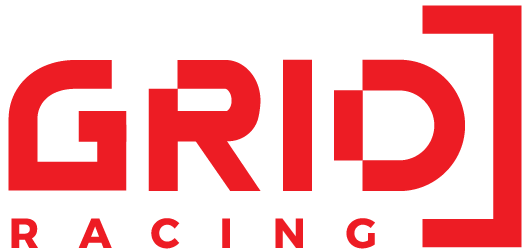

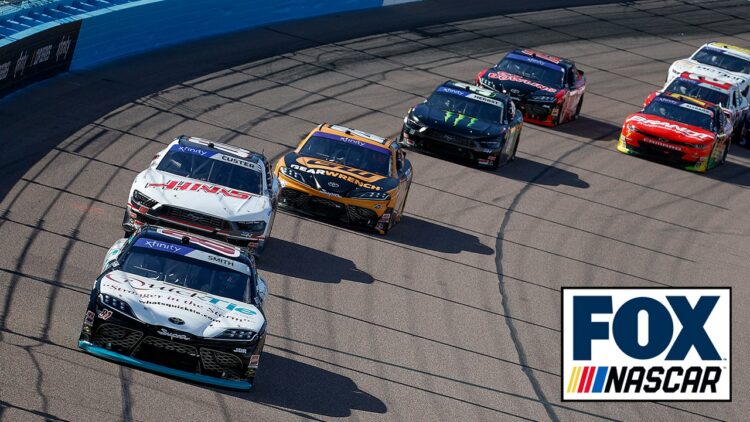
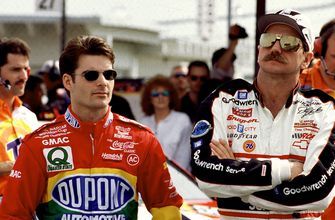
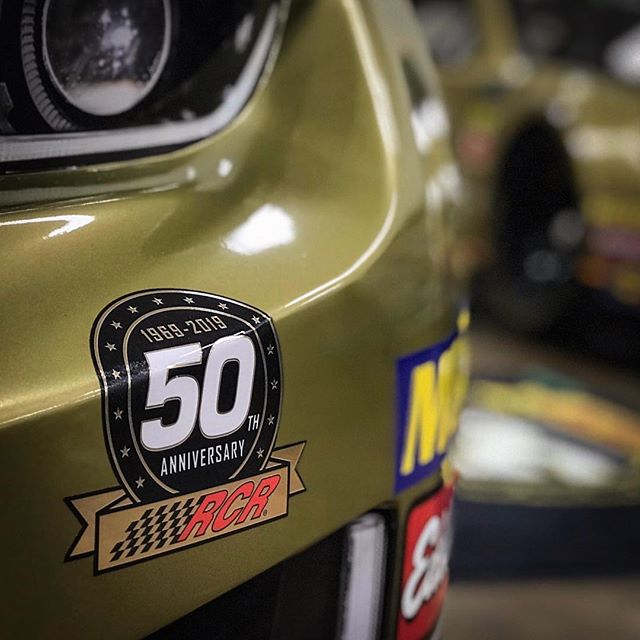
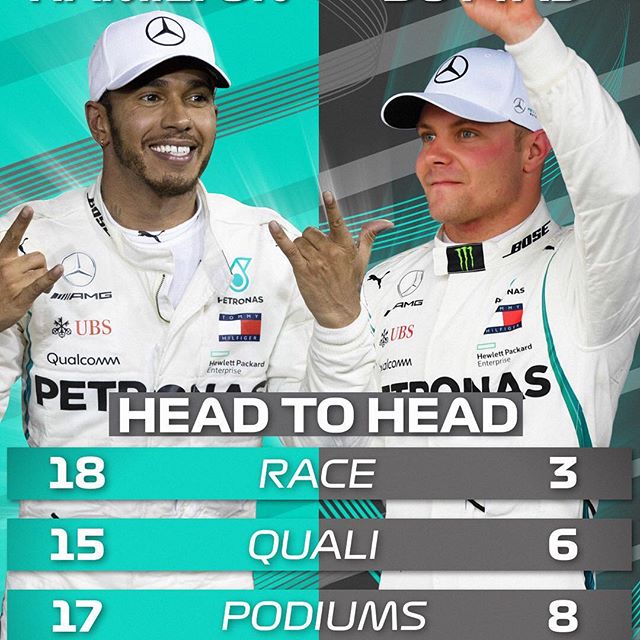
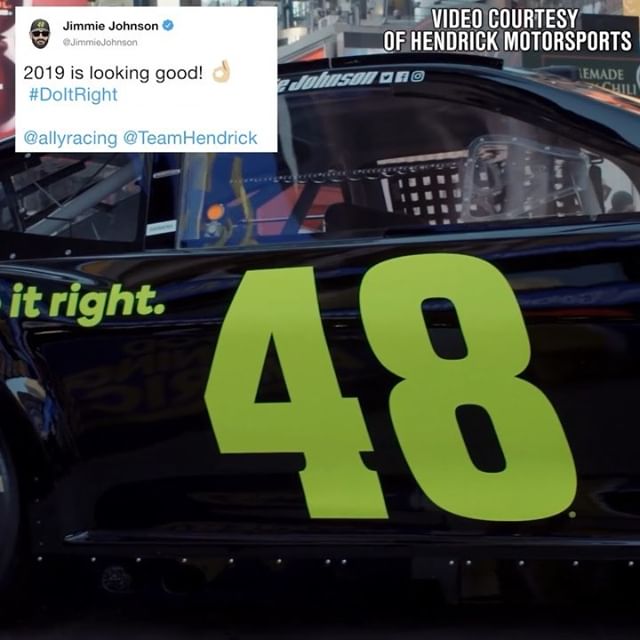

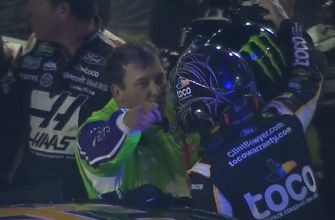

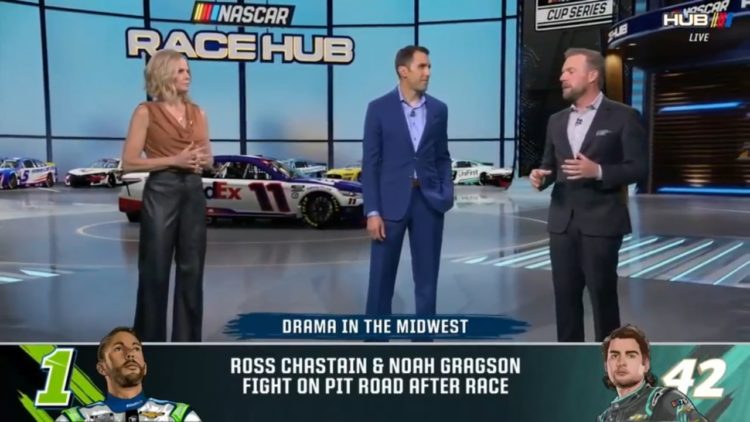
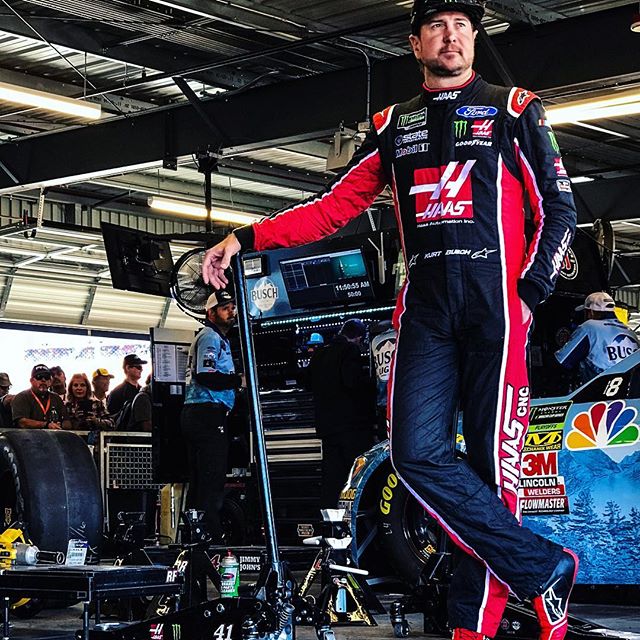
Leave a Comment